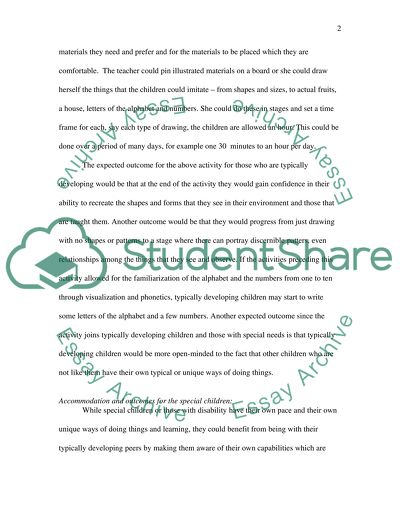Cite this document
(“Accommodation and outcomes for the special children Essay”, n.d.)
Accommodation and outcomes for the special children Essay. Retrieved from https://studentshare.org/education/1499311-accommodations
Accommodation and outcomes for the special children Essay. Retrieved from https://studentshare.org/education/1499311-accommodations
(Accommodation and Outcomes for the Special Children Essay)
Accommodation and Outcomes for the Special Children Essay. https://studentshare.org/education/1499311-accommodations.
Accommodation and Outcomes for the Special Children Essay. https://studentshare.org/education/1499311-accommodations.
“Accommodation and Outcomes for the Special Children Essay”, n.d. https://studentshare.org/education/1499311-accommodations.


